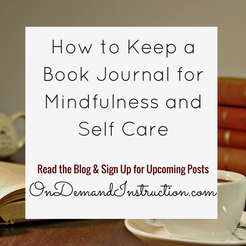
As the darkest day of the year approaches, for some people their inner dark shadows encroach into the everyday. Fall and winter can create a recipe for malaise, depression, and anxiety for many people, as we struggle to cope with the waning sunshine, increasing tensions during the holidays, and decreasing access to enjoying the outdoors.
Some people express a consistent annual pattern of seasonal blues, whereas others’ doldrums are acutely connected to the election season or a single holiday event (like a holiday meal with Uncle Rodney who blathers on and on about politics). Regardless of whether a person experiences an ongoing blue period or a short-lived sadness, keeping a book journal can offer relief from the darkness. Read Deeper with a Book Journal
|
So, where did the voice come from? How did I get it? And how did I get to a place where I could verbalize what it is? Easy enough.
The only way to know one’s creative voice is to write and write and write. I know you have heard that advice a zillion times. King said it. Bradbury said it. Welty said it. All the greats said it—you have to write to be a writer, you have to write to have a voice, and you have to write to know your voice.
And whad’ya know, they were right. Every one of them.
That separation of cultural value from writers causes us to question our worth, wonder if we are writing something worth reading, and what we are writing at all. This is the type of malarkey that causes emerging writers to doubt their significance, their messages, and their voices.
So, how does an emerging creative writer establish oneself with confidence in a clear, certain voice?
1. Write. Write. Write. Write. Write.
2. Read. Read. Read. Read. Read.
3. Explore different styles of writing.
4. Read genres that aren’t immediately appealing to you.
I was wrong. I was desperately wrong. Ray Bradbury, Ursula K. Le Guin, and Madeleine L’Engle taught me how horribly wrong I was. Give every genre a fair shake. Your voice may be hiding where you did not expect it.
5. Play with the creative process
It was not until I gave up this plan and found that my creative writing process is the opposite did I find my voice. Instead of cutting away, I layer a story. First I write down the bones. Then I layer the muscles. Then I layer the connective tissues. Then I layer the skin.
For me, the editing process is not a cycle of removing but a cycle of adding. I add details, imagery, sensual observations, and figurative language. My first draft is a naked skeleton, and I had to experiment with the creative process for two decades before I had fully realized that truth.
Related Blog Posts
As we walk our own paths, we have to take care of ourselves, and journaling is one way to achieve a sense of mindfulness and calm in an ever-changing world.
Journaling also provides a creative means for brainstorming, which is useful not only for self-care but for blogging and creative writing preparation.
As we seek to be the best selves that we can be and achieve our personal and professional goals, journaling provides a method for collecting the bricks we can use in our polished writing.
About the Site
Welcome, Writers!
ODI seeks to provide emerging writers with useful resources to get your writing moving forward.
Archives
September 2023
August 2023
March 2023
January 2023
December 2022
October 2022
May 2022
April 2022
January 2022
December 2021
November 2021
May 2021
March 2021
February 2021
January 2021
June 2020
May 2020
April 2020
March 2020
February 2020
December 2019
November 2019
October 2019
September 2019
July 2019
June 2019
March 2019
February 2019
January 2019
December 2018
November 2018
October 2018
September 2018
August 2018
May 2018
April 2018
March 2018
February 2018
January 2018
December 2017
November 2017
October 2017
July 2017
June 2017
May 2017
April 2017
March 2017
February 2017
January 2017
December 2016
November 2016
October 2016
September 2016
August 2016
July 2016
June 2016
May 2016
February 2016
January 2016
August 2015


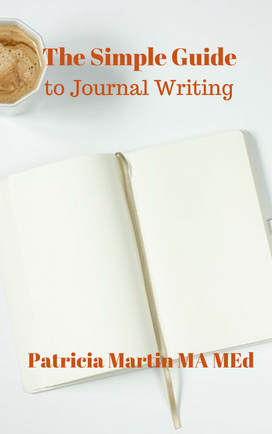
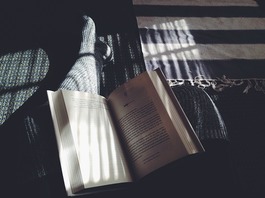

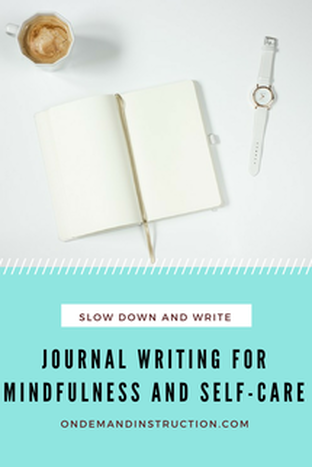

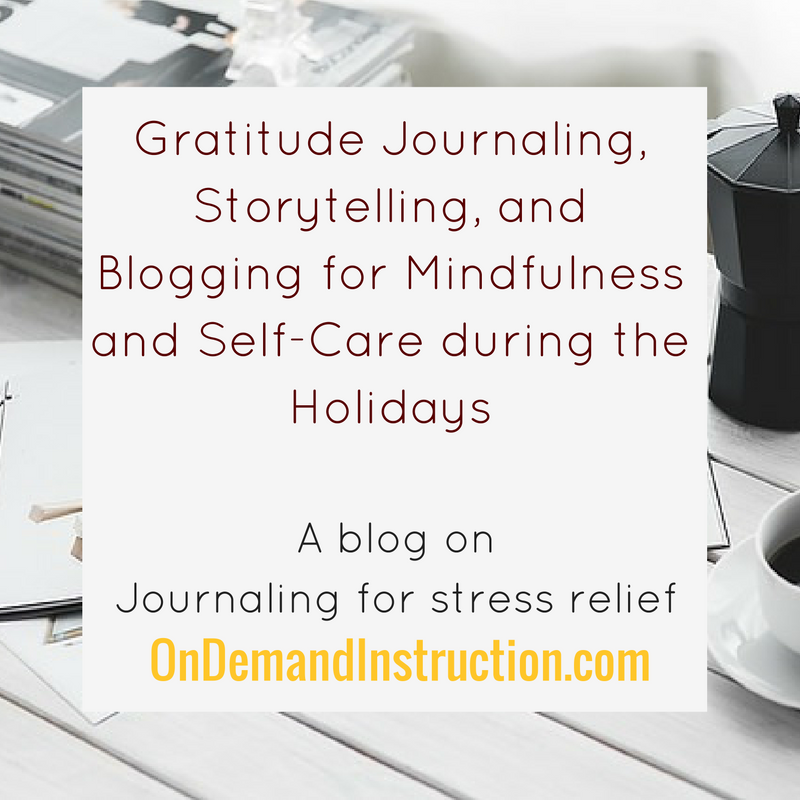
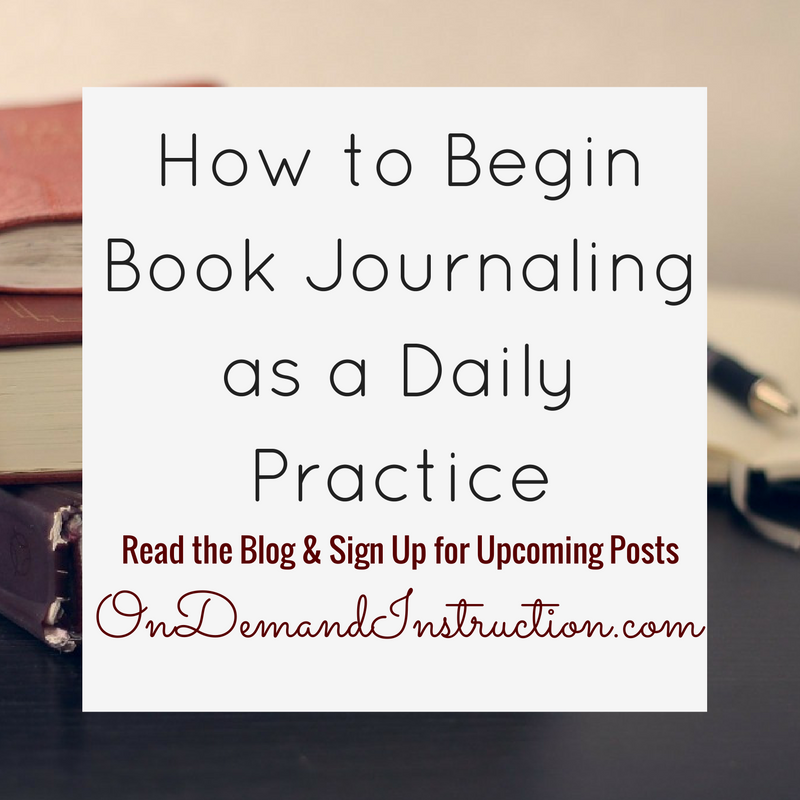
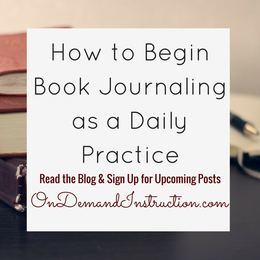

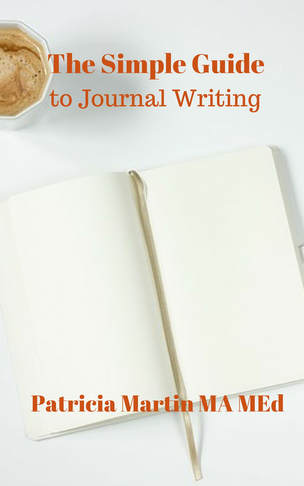

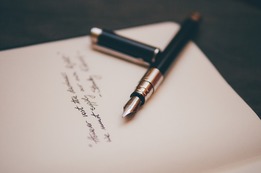
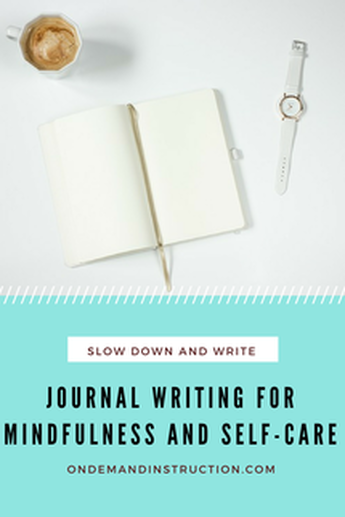

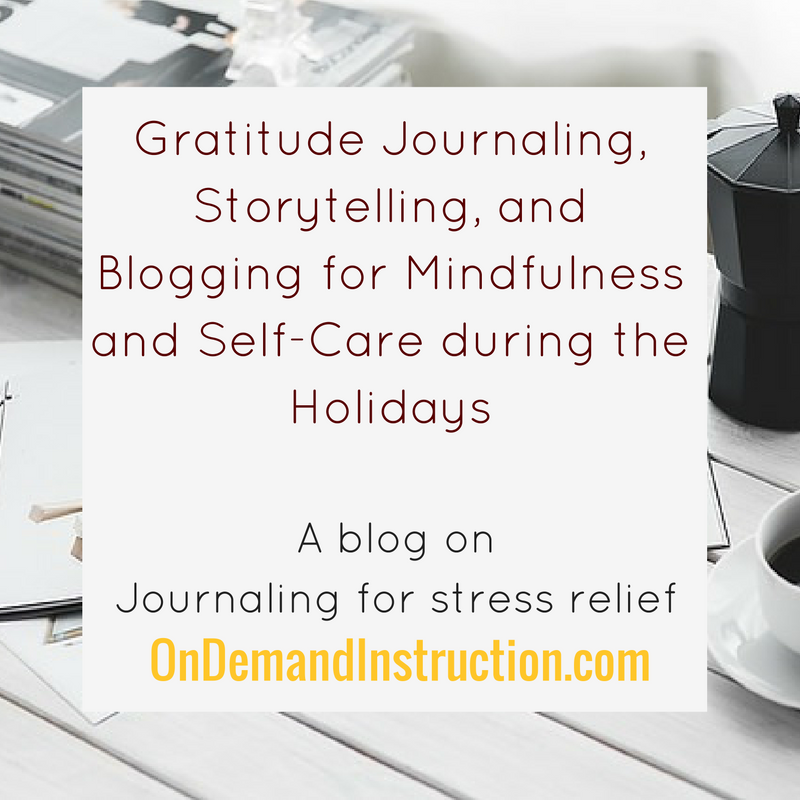



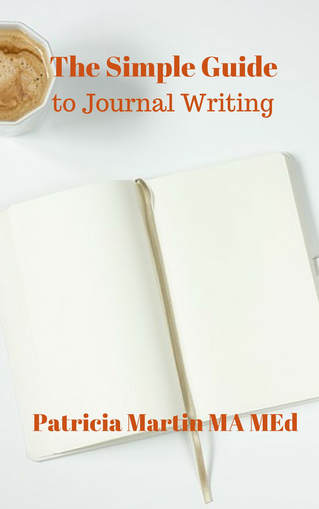


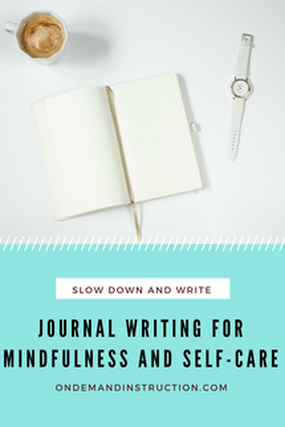


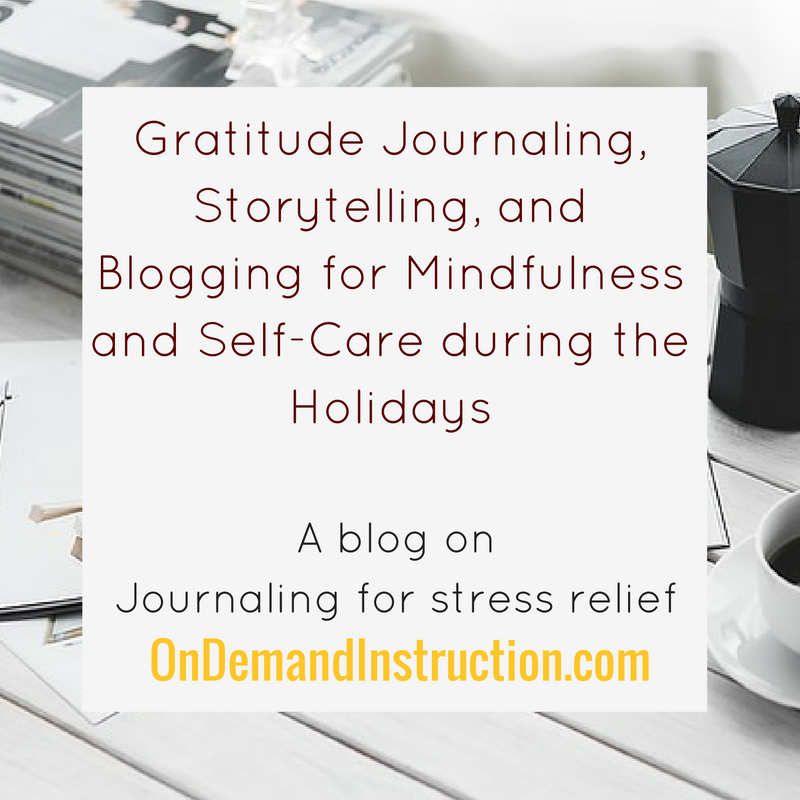
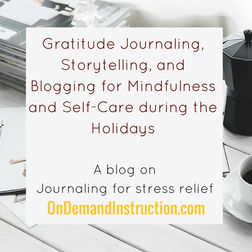
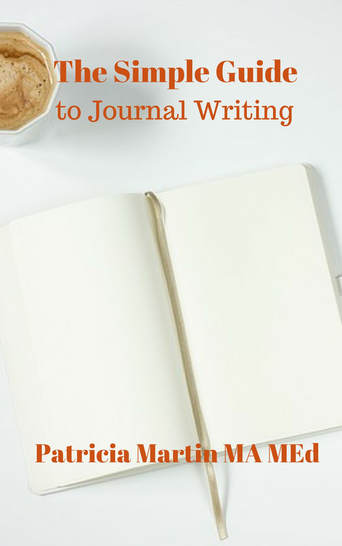




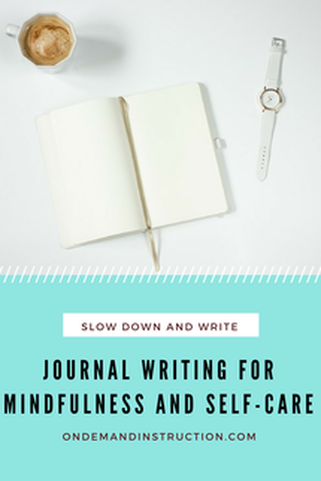
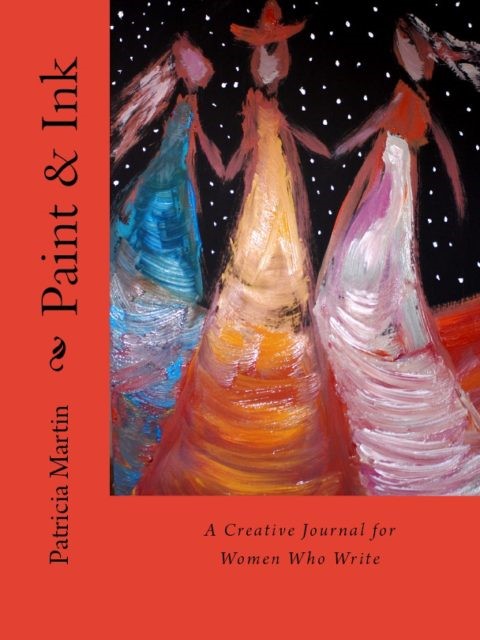
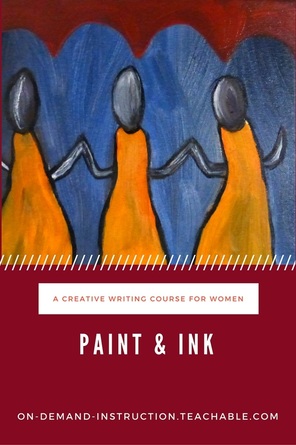



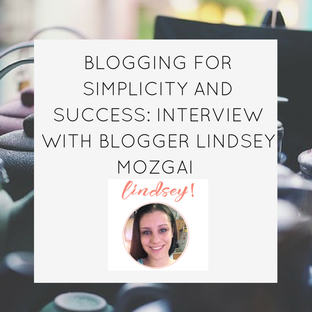
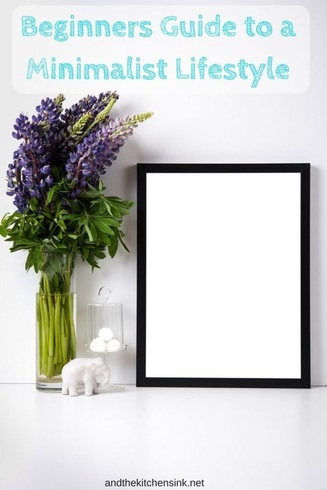
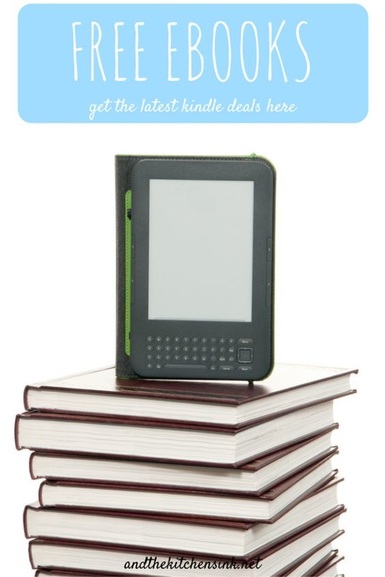
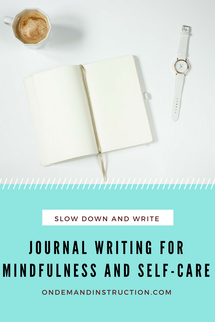

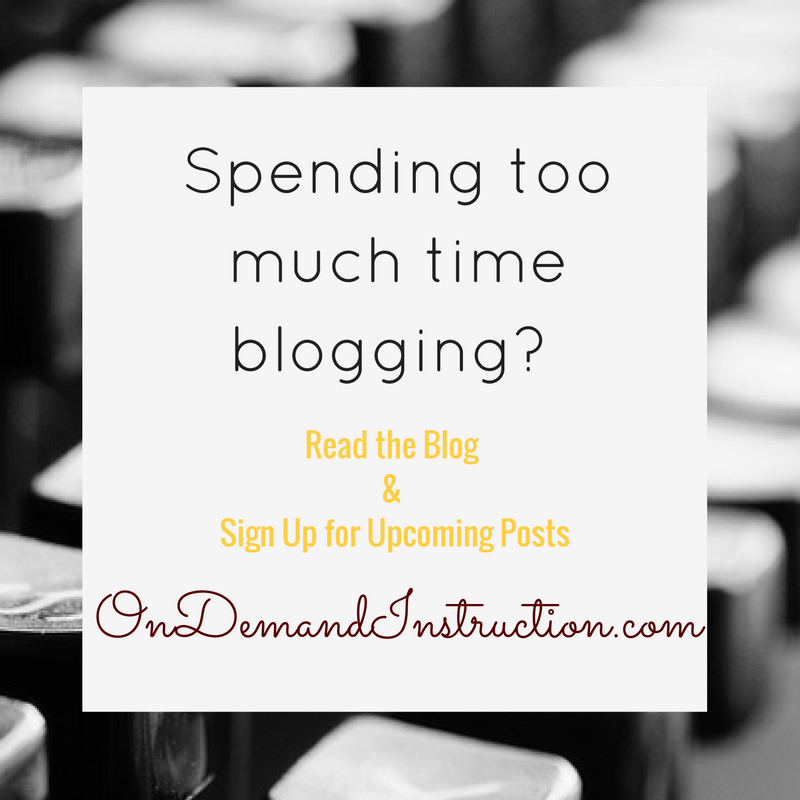
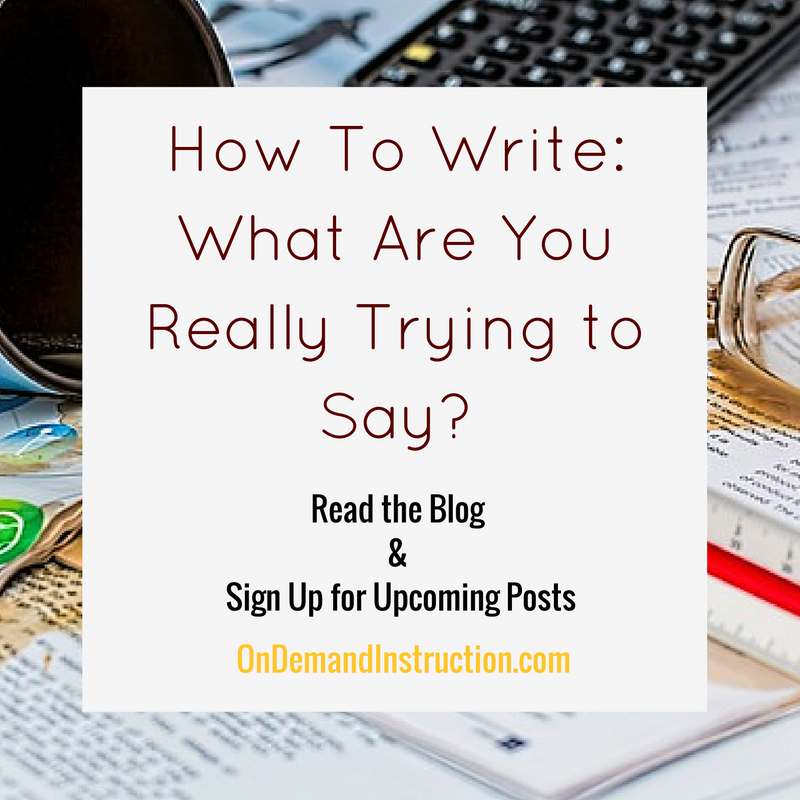



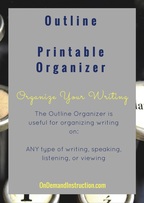
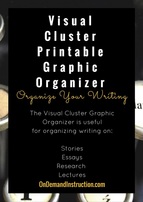
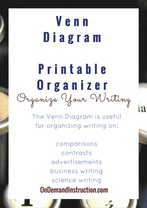
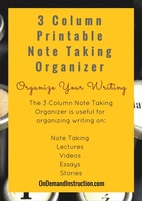
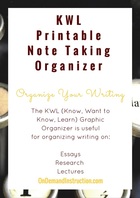
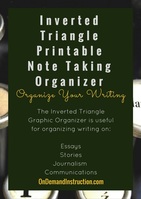
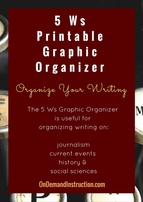
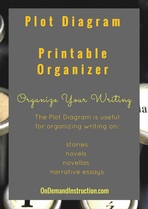
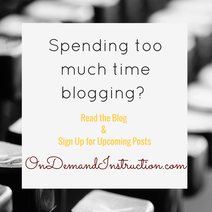



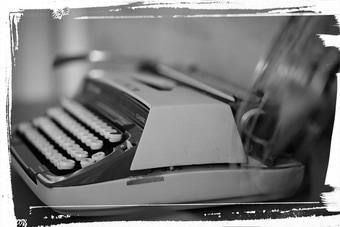

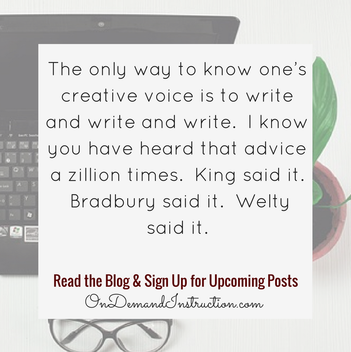




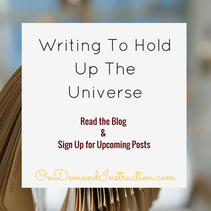
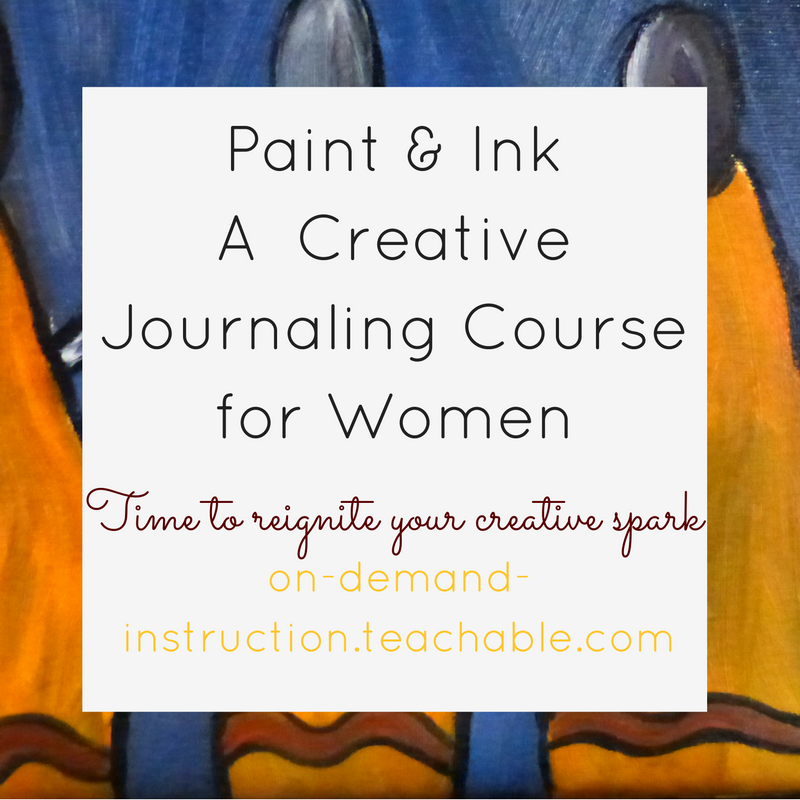
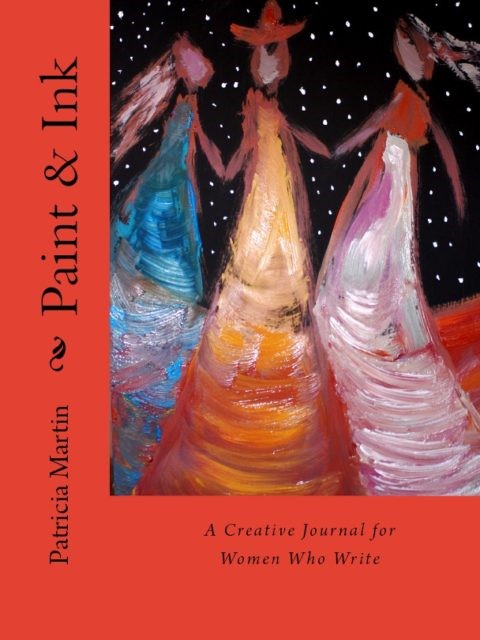
 RSS Feed
RSS Feed